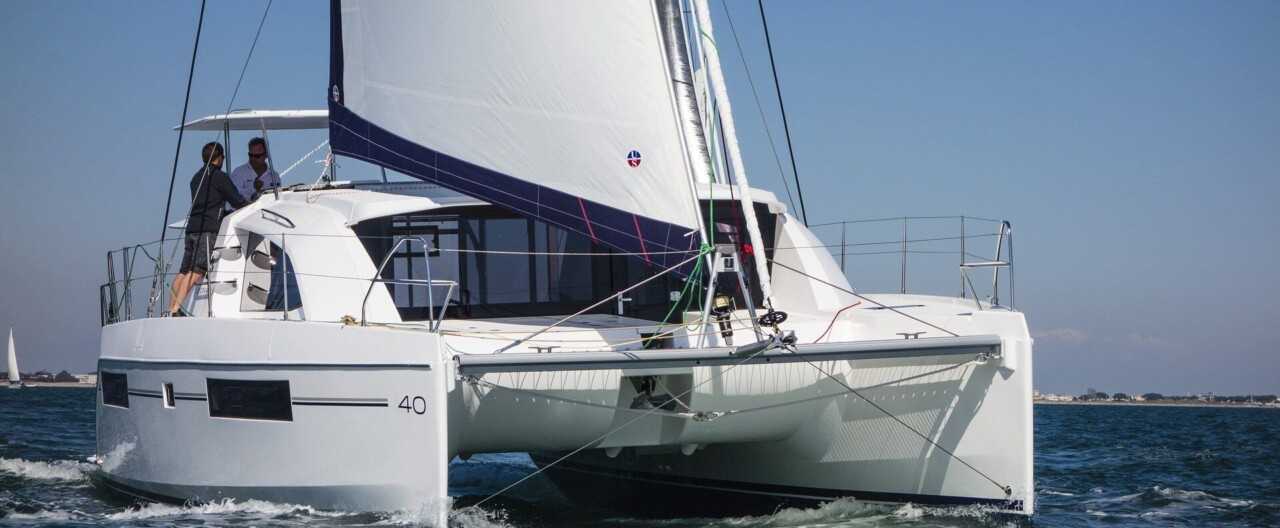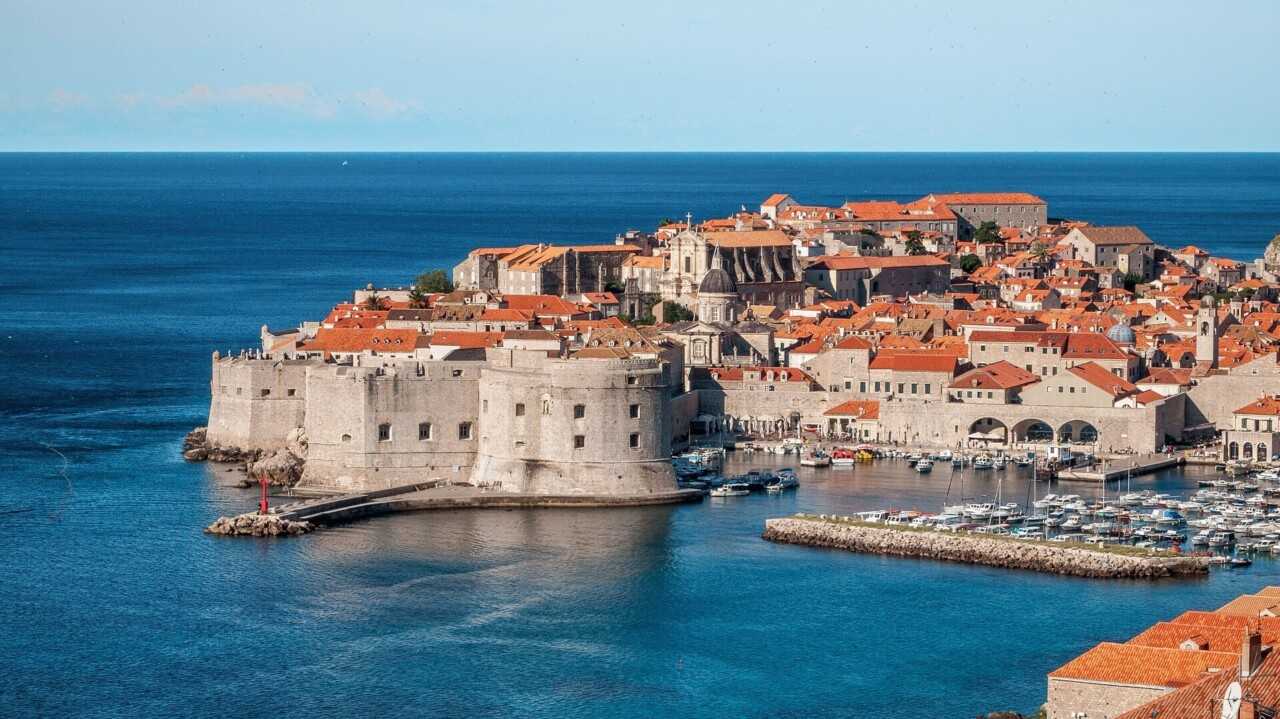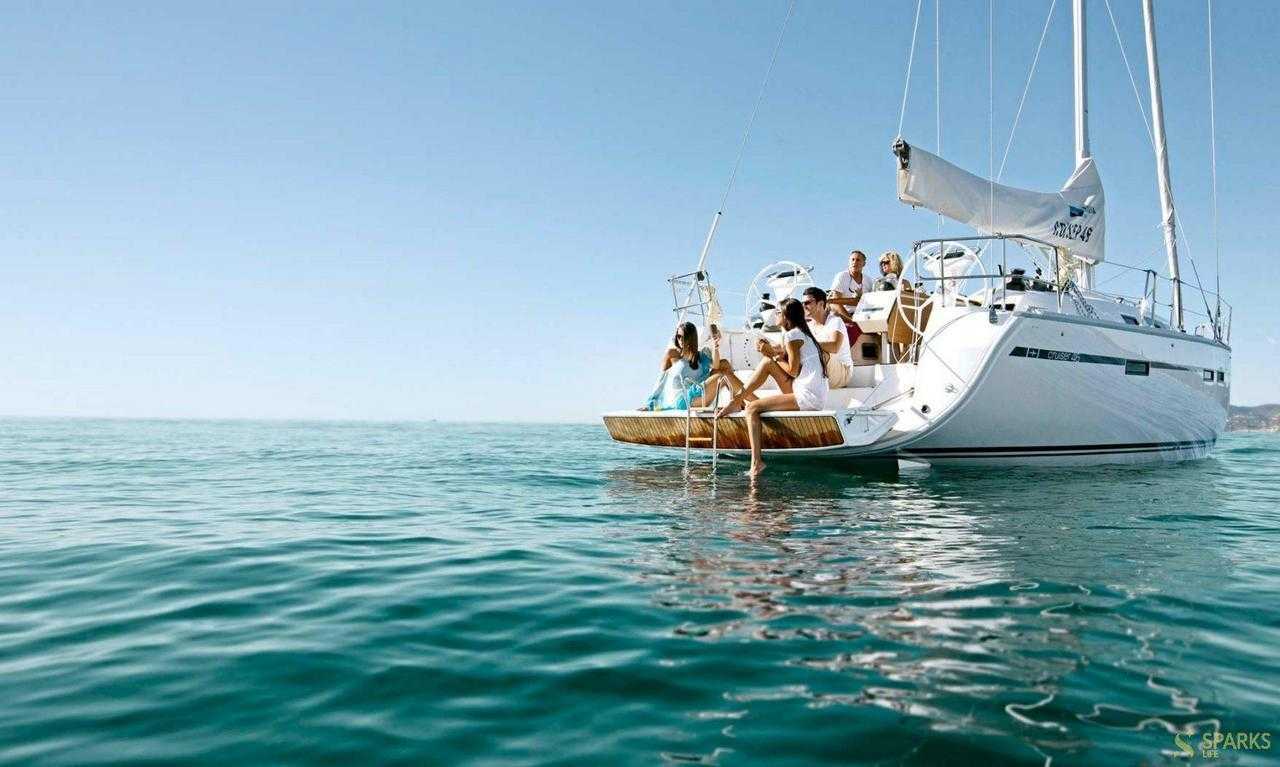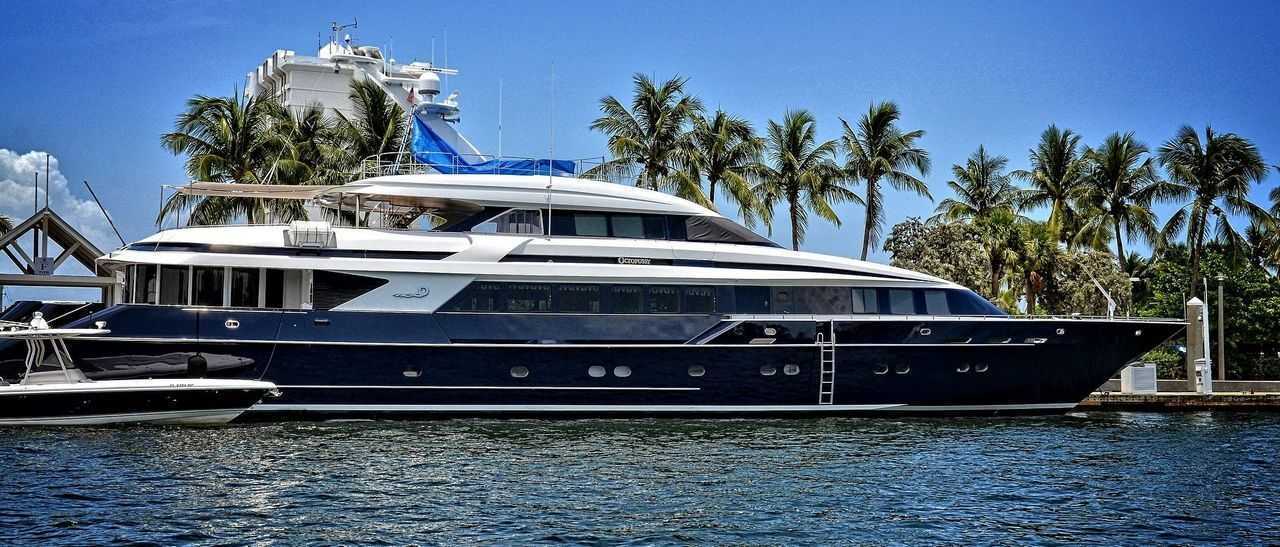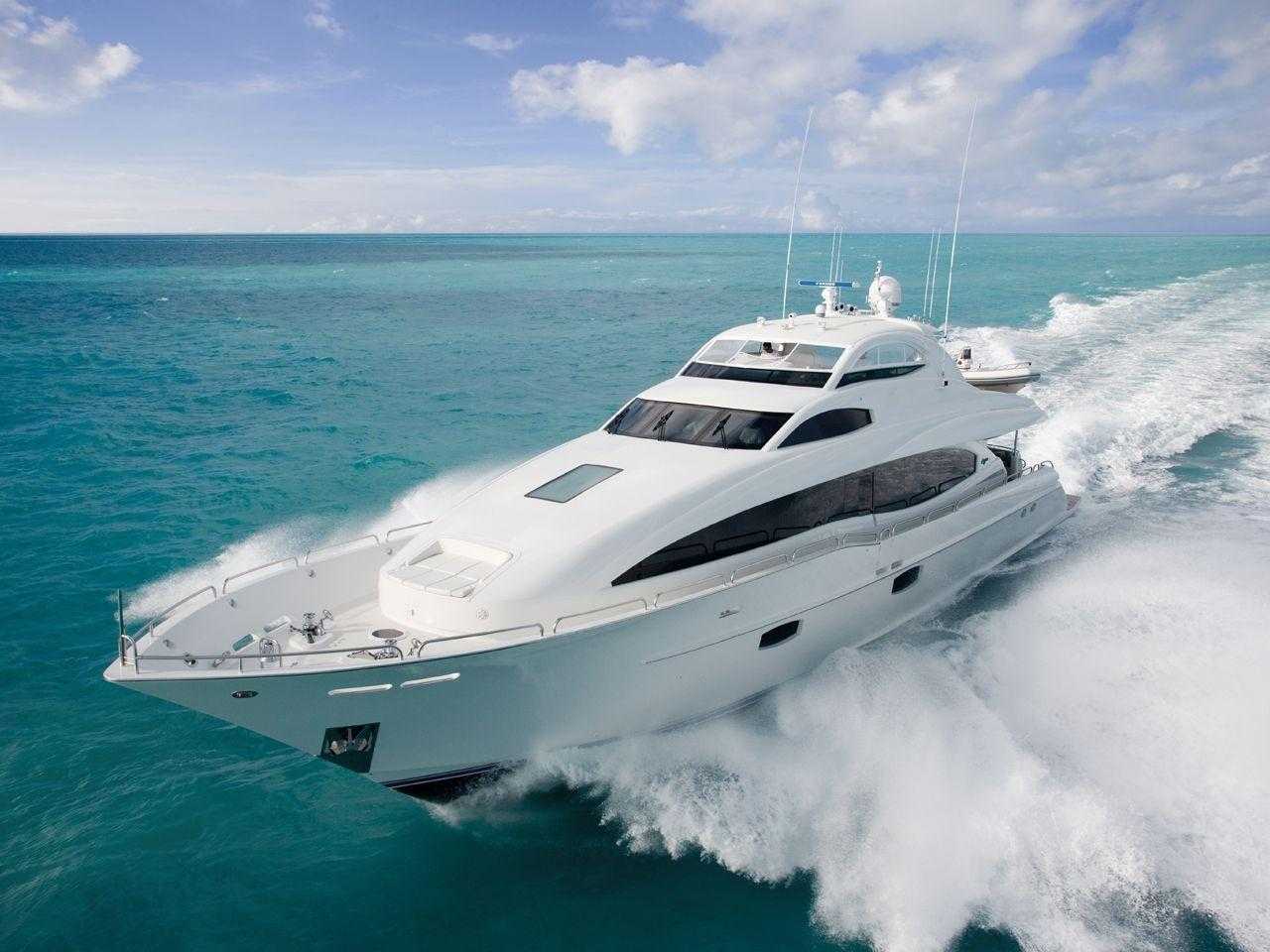First you need to decide what components is the payment for renting a yacht.
We offer to study point by point.
1.Rental of water transport, which can be specified in the conduct of the initial negotiations. It consists of:
- yacht rental;
- payment for the services of the accompanying team;
- crew products;
- insurance issued for the swimming facility and crew on the yacht;
- funds for parking in the marines of the state type when they are planning along the way.
The size of the rental is influenced by the dimensions of water transport, comfortable conditions for holidaymakers, the season and the condition of the yacht (how new it is). The price of the yacht is fixed, focusing on a cruise of 1 week.
If the client needs the ship for a shorter period, then the monetary value is divided by 6 and multiplied by the number of days of the planned rental. If for traveling on the water surface a little 1 week, the amount is divided by 7 and multiplied by the number of days.
Some people wonder why some customers need to use a less profitable yacht rental formula than others? Owners explain this with labor costs, which one cannot do without in order to prepare a yacht for a cruise. The crew makes the same effort if a long and short trip is planned.
It is also important to take into account forced downtime between exits.
2.Related costs. These include expenses:
- to provide the vessel with fuel;
- preparation of provisions for guests;
- purchase of alcoholic and non-alcoholic beverages for passengers;
- providing fuel for boats and water activities;
- payment of passage through the channels;
- parking fee in private type marinas;
- laundry service;
- the remaining personal expenses of the guests.
What will be the final amount of expenses, you can definitely say only at the end of the trip. It is accepted to add 30% to the primary monetary value.
3.In many EU countries, VAT is legally charged for freight.
The indicator is non-permanent, its amount is influenced by the tax policy of the state on whose waters the trip is planned, and the flag that the vessel uses. The increase in price on average is 10-20%.
4.”Tips” for staff.
While the guests are resting, the crew does its work and provides passengers with a comfortable, carefree rest. A well-coordinated team is responsible for the non-stop movement of water transport in the right direction and provides full service. Work for the crew does not end throughout the cruise.
For round-the-clock work, workers demand commensurate gratitude in the form of monetary reward. “Tips” are not issued in a fixed form, the range can be wide. For European countries, the surcharge is 5-10% of the amount of the rental contribution. If the charter travels off the coast of America or in the Caribbean, the increase can reach 20%.
5.Return of the yacht instead of basing.
The route is allowed to be planned by the tenant, but the vessel’s capabilities must be taken into account. If the decision is made to leave the yacht not in the port where the passengers boarded it, you will have to reimburse the costs of returning the yacht to the place of departure.
The amount of money may include the cost of additional fuel. Also, be prepared to pay for the rental days spent on returning the yacht to the port of registration.
6.Pledge.
A reserve of funds must be present at the conclusion of the agreement. If the yacht is new, the owner is likely to require a deposit from damage to expensive property. If we are talking about a yacht with a length of 60 meters, a down payment may amount to 10,000-20,000 euros.
We have listed the main costs that should be considered during the charter. For a more accurate calculation and selection of the best yacht for your trip, please contact our managers.









